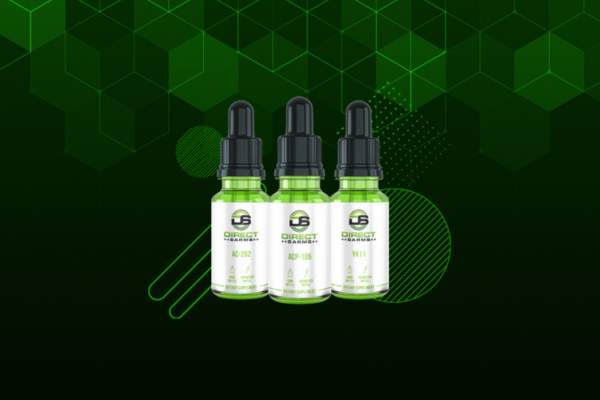
Maximising Results with GHRP-6 and Ipamorelin Peptide Stacking
Peptide stacking is a sophisticated method that involves the deliberate selection and combination of specific peptides to enhance their individual effects, leading to superior results

Liquid SARMs are a novel class of compounds that interact with androgen receptors in the body, specifically targeting muscle and bone tissues. Unlike anabolic steroids, which can have unwanted androgenic side effects, SARMs offer a more selective approach, leading to fewer adverse reactions. They come in liquid form, making them convenient and easy to use.
Sarms used by many athletes because of health benefits and are available in many forms – powder, tablet, capsule and liquid form. Sarms products known to provide optimal strength. To promote well-being to help with losing weight and to even serve as an anti-aging tool.
Liquid droppers can deliver small quantities of liquids, therefore ensuring the correct dose and strength of supplementation is administered. Some of the many advantages of Estonia SARMs and Liquid Droppers include:
There are many ways to deliver supplements to the body, but liquid droppers are a popular choice as they are often absorbed faster than tablets. Also with a liquid dropper, it can control dosage and of course, liquid is much easier to swallow.

Peptide stacking is a sophisticated method that involves the deliberate selection and combination of specific peptides to enhance their individual effects, leading to superior results

Maximizing Healing and Rejuvenation: Exploring the Benefits of TB500 and GHK-Cu Peptides Combined In the rapidly changing field of biomedical research, peptides have become key

Worldwide
shipping

Visa/Mastercard/Zelle
Cryptocurrency /Transfers

Safe and Secure Shopping

We Distribute
From

YOU MUST BE OVER 21 YEARS IN ORDER TO USE THIS WEBSITE. All of the products are to be handled only by properly trained and qualified LABORATORY or RESEARCH professionals.